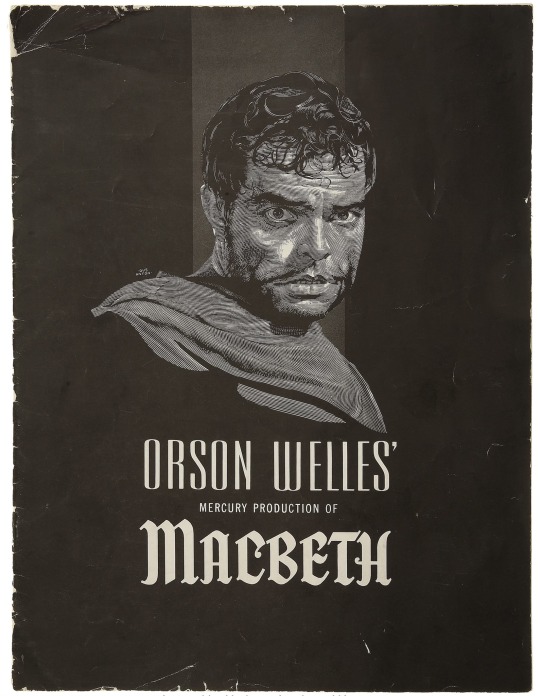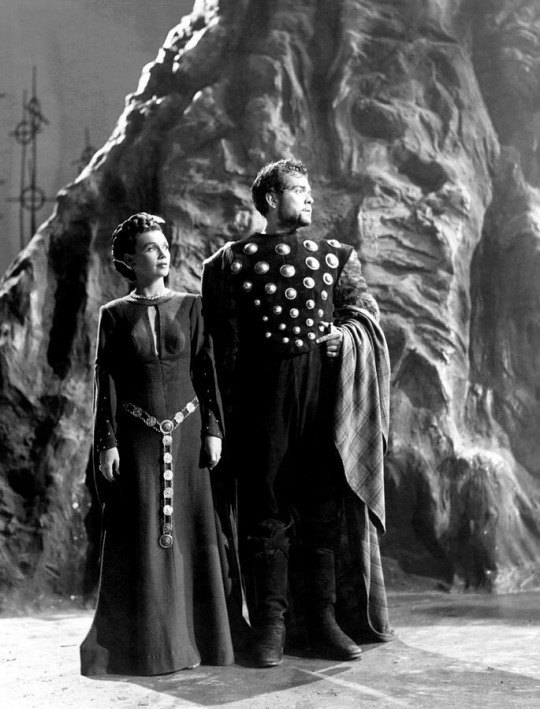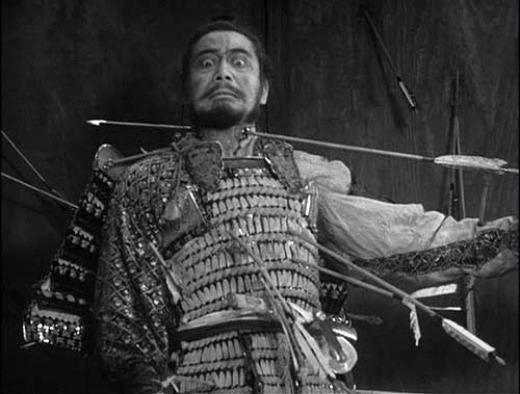#orson welles' macbeth
Text
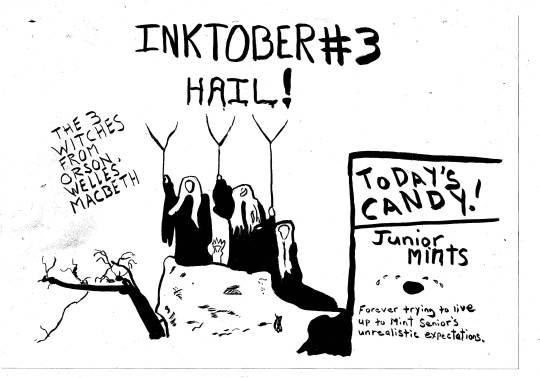
Click to enlarge picture.
And here's the flick!
youtube
#orson welles' macbeth#inktober#me#fred bitter#the loudest version of macbeth you will ever see#turn it up!#Youtube
2 notes
·
View notes
Text
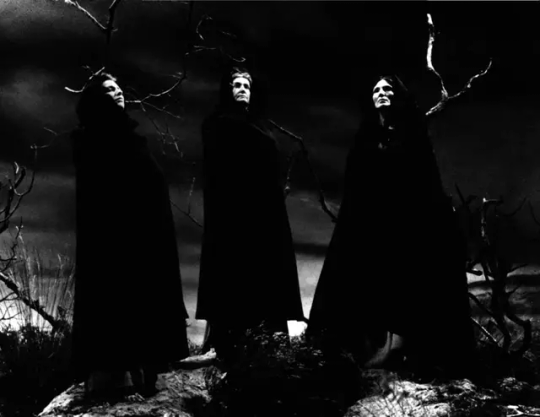
“Fair is foul, and foul is fair: Hover through the fog and filthy air.”
The Three Witches from Macbeth (1948).
161 notes
·
View notes
Photo
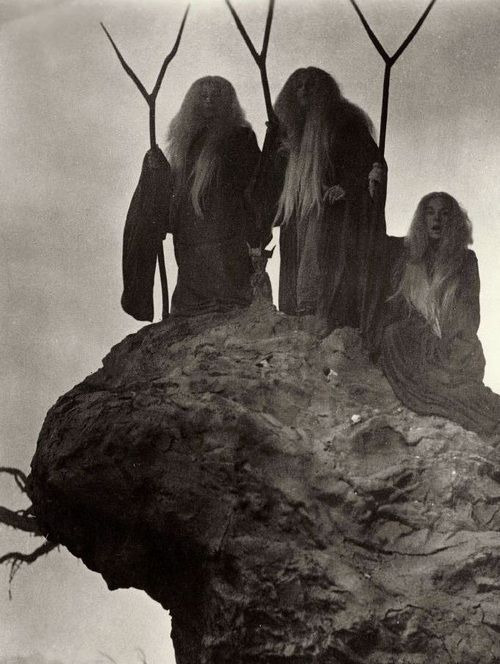
Orson Welles
308 notes
·
View notes
Text




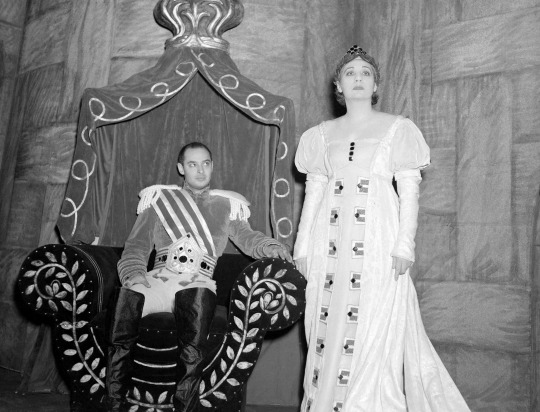
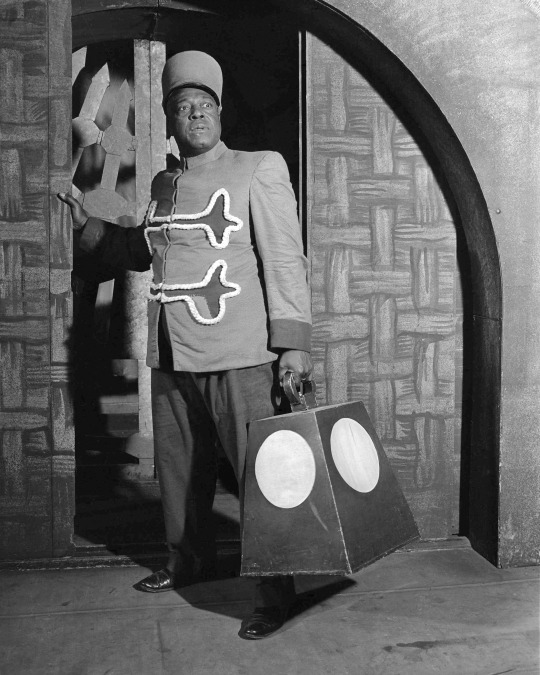


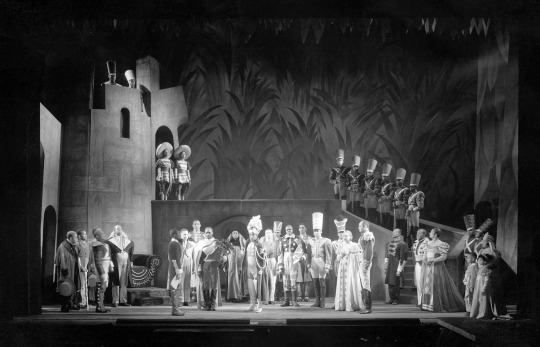

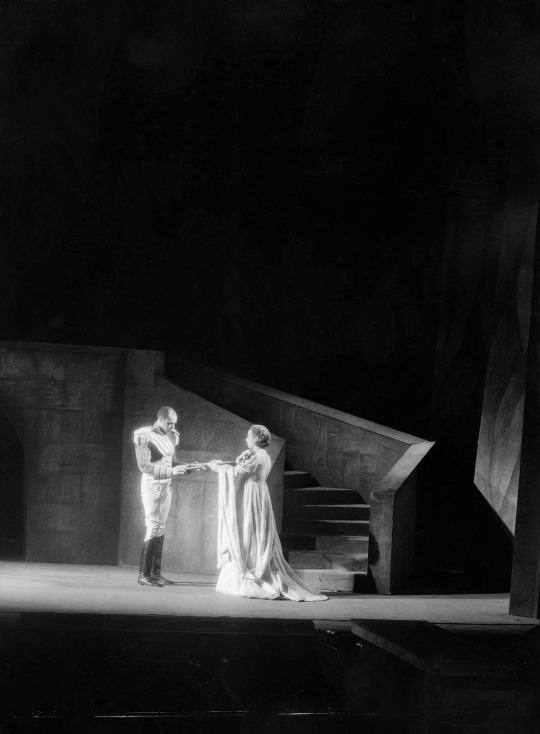
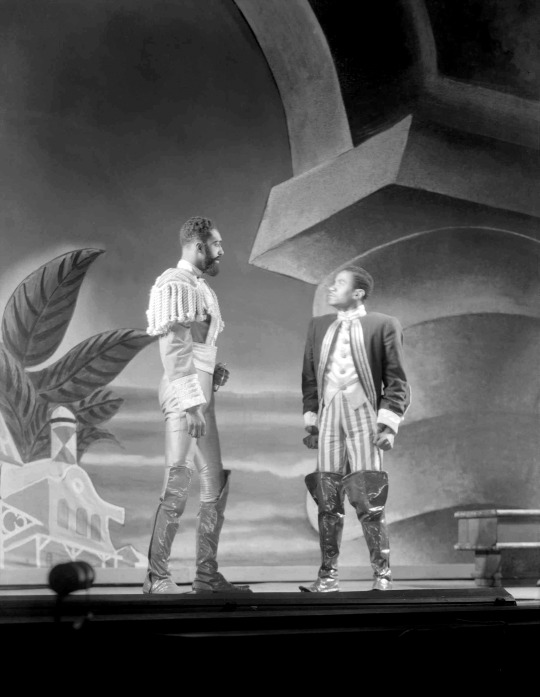



@thealmightyemprex @professorlehnsherr-almashy @amalthea9 @princesssarisa
The Voodoo Macbeth is a common nickname for the Federal Theatre Project's 1936 New York production of William Shakespeare's Macbeth. Orson Welles adapted and directed the production, moved the play's setting from Scotland to a fictional Caribbean island, recruited an entirely Black cast, and earned the nickname for his production from the Haitian vodou that fulfilled the role of Scottish witchcraft. A box office sensation, the production is regarded as a landmark theatrical event for several reasons: its innovative interpretation of the play, its success in promoting African-American theatre, and its role in securing the reputation of its 20-year-old director.
Shakespeare's play is about the downfall of a usurper in medieval Scotland, who is encouraged in his actions by three witches. The central idea behind Welles's production was to perform the text straight, but to use costumes and sets that alluded to Haiti in the 19th century, specifically during the reign of the slave-turned-emperor Henri Christophe. Although the main reason for this choice was that it was an appropriate setting for an all-black cast, Welles felt that it also enhanced the play's realism: he thought the production's popularity was partly due to the fact that the idea of voodoo was more credible to a contemporary audience than was medieval witchcraft.
In many productions, the character of Hecate, the Queen of the Witches, is often cut. Instead, Welles turned the character into a pivotal figure. Performed by Eric Burroughs as a huge man with a bullwhip, Hecate presides over events as a ringmaster of magicians, and often closes scenes. Hecate ends the play with the line, "The charm's wound up", repeated from Act 1. Welles's 1948 film version of Macbeth, in which Hecate does not appear, also ends with this line.
The production used a single, unchanging set of a castle in a jungle. The backdrops featured stylized palm trees and skeleton imagery.
It is not certain whether the production removed references to Scotland from the text. Welles's promptbook keeps them intact, but in the surviving film record of the production's climax, the line "Hail, King of Scotland" is truncated to "Hail, King".
69 notes
·
View notes
Text
In 1938, the FTP experienced a funding cut — and once again eight thousand people were out of work in an instant. Its stunning theatrical legacy wasn’t just relief service, but artistic achievement of the greatest heights. Especially memorable is the so-called Voodoo Macbeth of 1936, an all-black production in Harlem that moved the action from Scotland to the Caribbean. An electrically revivified classic in terms both political and artistic, the director was none other than Orson Wells, who would later call the production the “great success in my life.”
...Wells paid for his daring [re: "Cradle Will Rock"] with his job, he and Houseman were fired from the FTP the next day and went on to found the Mercury Theatre. Their first production there was a little-remembered “blackshirt” Julius Caesar, a full blown anti-fascist staging featuring Wells as Brutus and Blitzstein providing the music. Caesar, it will be remembered was the first Roman to declare himself “dictator for life,” (Dictator perpetuo) triggering his assassination by Brutus and co. This staging coincided with Italy cosplaying a new Roman Empire, where all in that same year of 1937 this fascist state perpetrated: the “Yekatit 12” massacre of thousands of Ethiopians and the bombing of Guernica in Spain along with Nazi Germany.
#shakespeare#william shakespeare#federal theater project#ftp#theater#theatre#macbeth#voodoo macbeth#orson wells#cradle will rock#john houseman#julius caesar#mercury theatre
33 notes
·
View notes
Photo

Macbeth, Orson Welles
#macbeth#1948#orson welles#shakespeare#1940s#40s#film#cinema#cinematography#screencaps#b&w#gothic#stills
80 notes
·
View notes
Text

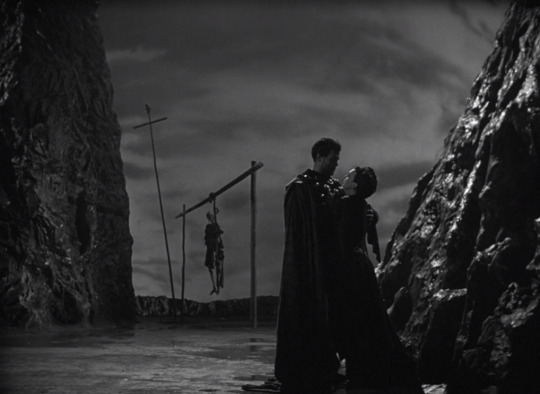
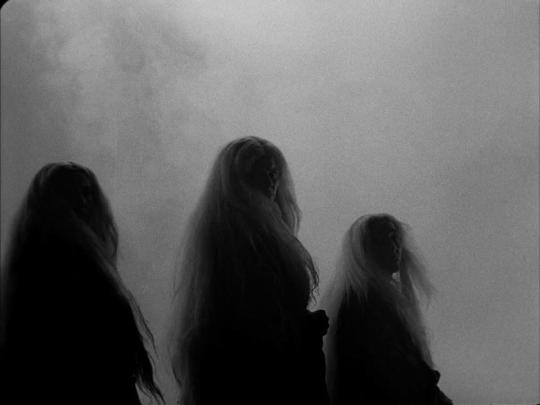

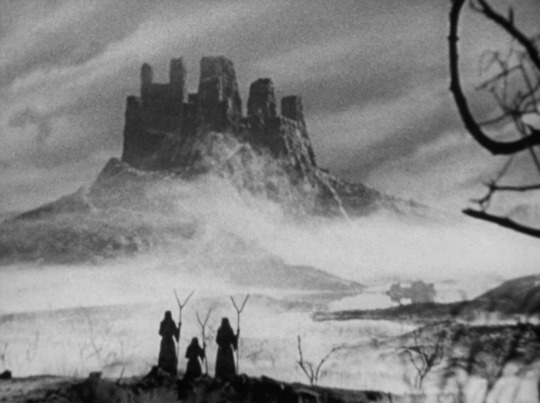
"macbeth" (dir. orson welles, 1948)
12 notes
·
View notes
Text
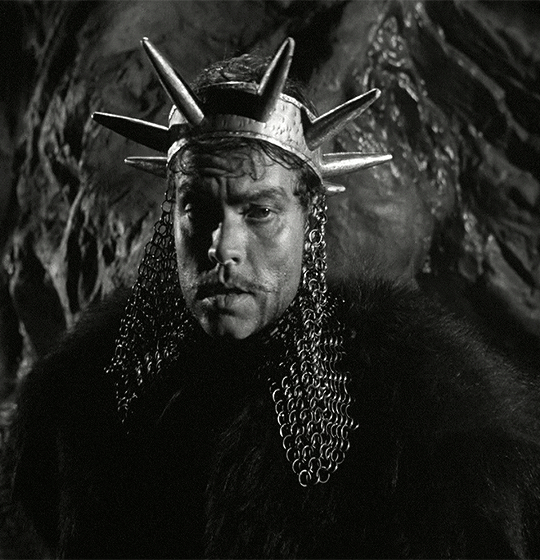

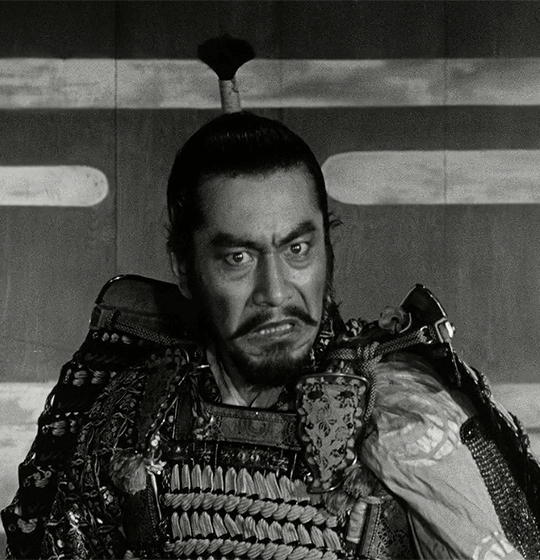
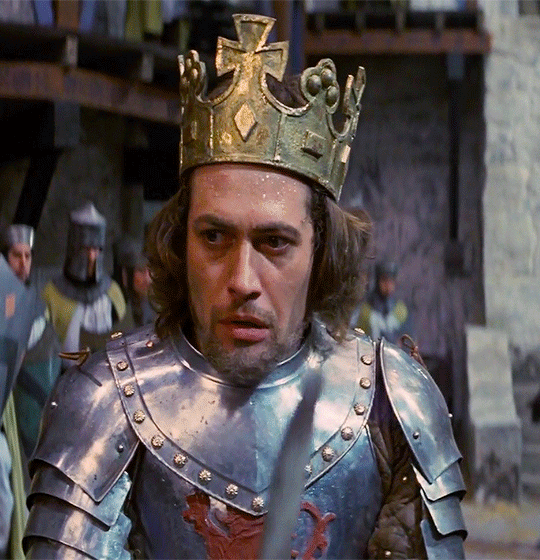


MACBETH
Orson Welles (Macbeth 1948)
Michael Fassbender (Macbeth 2015)
Toshiro Mifune (Thron of Blood 1957)
Jon Finch (The Tragedy of Macbeth 1971)
Denzel Washington (The Tragedy of Macbeth 2021)
John Turturro (Men of Respect 1990)
#william shakespeare#macbeth#throne of blood#the tragedy of macbeth#Michael Fassbender#Toshiro Mifune#Jon Finch#Denzel Washington#John Turturro#Orson Welles
20 notes
·
View notes
Text


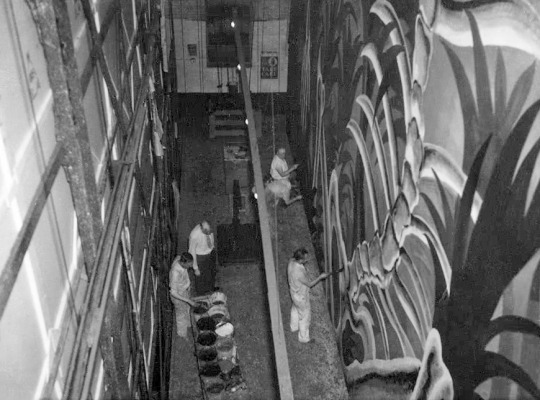

Nat Karson's set designs for Orson Welles' all-black 1936 adaptation of Macbeth, known as Voodoo Macbeth.
#voodoo macbeth#orson welles#i am OBSESSED with the massive skeleton#IDs in alt text#shakespeare#field notes
21 notes
·
View notes
Text










Happy Birthday in the afterlife to the one and only, Orson Welles!
#orson welles#citizen kane#touch of evil#chimes at midnight#macbeth#the magnificent ambersons#the lady from shanghai#the other side of the wind#the trike#f for fake#the stranger#the third man#movies#casino Royale
61 notes
·
View notes
Text

Macbeth (1948)
122 notes
·
View notes
Photo
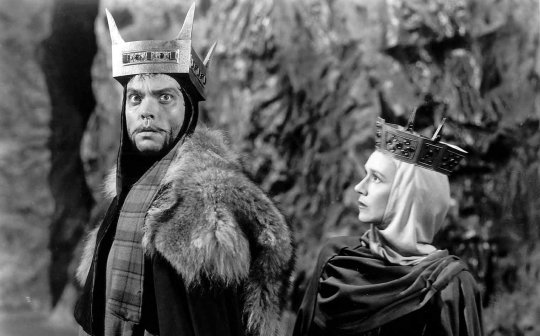
Orson Welles and Jeanette Nolan in Macbeth (Orson Welles, 1948)
Cast: Orson Welles, Jeanette Nolan, Dan O’Herlihy, Roddy McDowall, Edgar Barrier, Alan Napier, Erskine Sanford, John Dierkes, Keene Curtis, Peggy Webber, Lionel Braham. Screenplay: Orson Welles, based on a play by William Shakespeare. Cinematography: John L. Russell. Art direction: Fred A. Ritter. Film editing: Louis Lindsay. Music: Jacques Ibert.
Orson Welles may have taken the old theatrical superstition of referring to the play not by its title but as "the Scottish play" a little too seriously. The decision to have actors deliver Shakespeare's lines with a Scottish accent was met with derision by critics, and Republic Pictures, the poverty-row studio that released the film, eventually had it redubbed without the accents after the initial release flopped. The original soundtrack has been restored, however, and it's hard to see what set the critics' teeth on edge: For the most part, the occasional flavoring of the dialogue with Scottish vowel sounds and diphthongs is unobtrusive. The one exception, to my ear, is Roddy McDowall as Malcolm, who carries the accent a bit too far -- though that may be because McDowall's conception of the character is something of a callow noodge, especially in the scene in which he's trying to persuade Macduff (Dan O'Herlihy) to cease grieving for his murdered family and take action. I must have seen the old redubbed and cut version at one point, because I remembered the film as rather glum and murky, when in fact, although it's not wholly successful, it's filled with Wellesian visual touches and some very solid performances. Welles makes remarkable use of the Celtic cross as a visual motif, for example, having the troops advancing on Dunsinane carry impossibly long staffs surmounted with the cross, a touch that dazzles the eye. His own performance is somewhat uneven -- Welles was seldom the strongest actor in his productions -- and he fails to provide Macbeth with the character arc that makes the character a tragic figure, moving from mere ambition to blind bloodthirstiness. Jeanette Nolan is a good Lady Macbeth and O'Herlihy a suitably strong adversary for Macbeth. As usual, Welles drew many performers from his Mercury Theater company, including Erskine Sanford as a dignified Duncan, something of an about-face from his broadly comic performance as the flustered newspaper editor Herbert Carter, huffing and puffing when he's ousted by the paper's new owner, Charles Foster Kane, in Citizen Kane (Welles, 1941). The low budget for the film shows, especially in the sets -- Dunsinane seems to be more cave than castle, its walls made out of Plasticine -- cobbled together on the Republic soundstage by art director Fred A. Ritter. And although Welles's keen eye served John L. Russell well, as Alfred Hitchcock's would later when he shot Psycho (1960), Russell was never a distinguished cinematographer. Still, this is a fairly distinguished effort at putting Shakespeare on film.
4 notes
·
View notes
Text
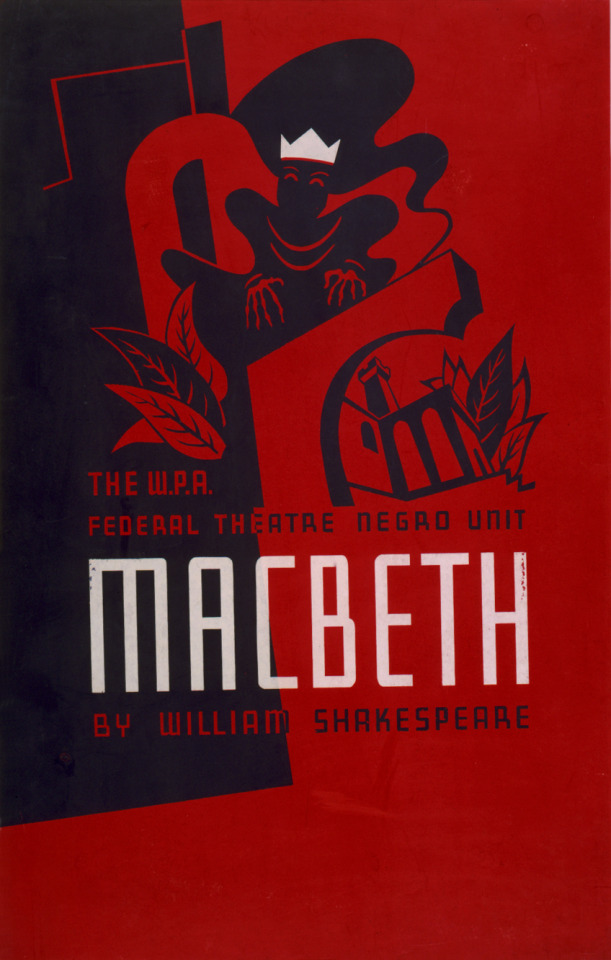




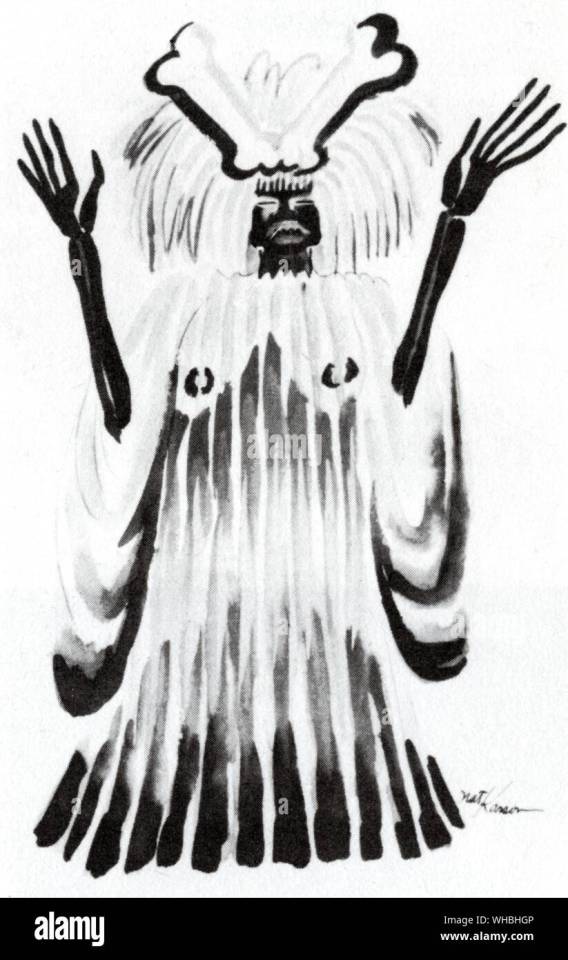
@thealmightyemprex @professorlehnsherr-almashy
Poster and production pictures of Orson Welles's Voodoo Macbeth (1936).
5 notes
·
View notes
